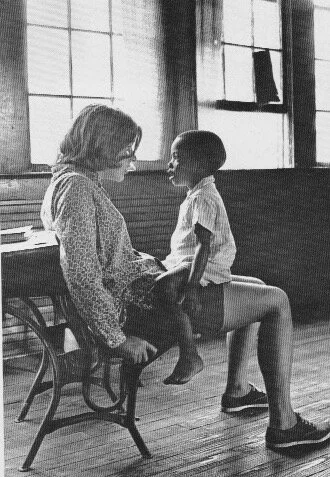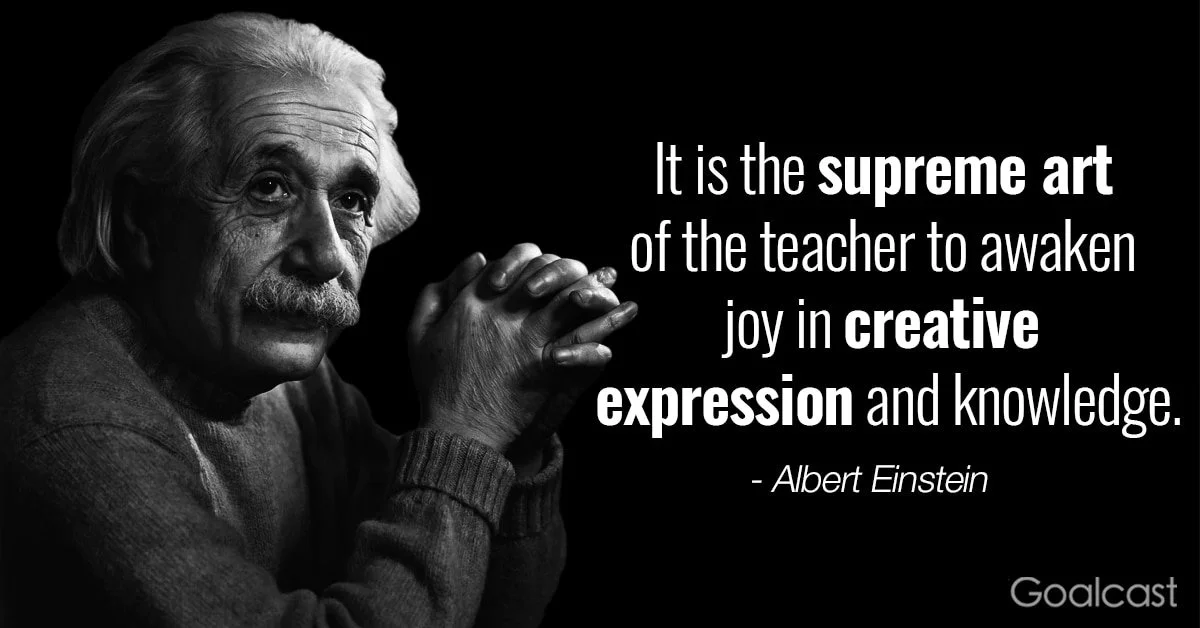IF YOU CAN READ THIS...
That teacher you had? That one who reached out? Who cut through the clutter and chaos? Who really “got” you? Did you ever thank THAT teacher?
Here in the thick of another school year, with teachers in the crosshairs of our culture, class is in session and the topic is teachers — and how kind and cool and wonderful MOST are.
America has 3.5 million teachers. Three-quarters of them (75% — thanks, Mr. Hillary) are women. They earn an average of $55K a year and spend $500 — out of their own pockets — on materials. But contrary to common wisdom, salary does not top their list of concerns. No one but a fool would enter teaching for money. There are other reasons why one in seven teachers leaves the classroom each year. Teachers, like students, need a little respect.
Full disclosure: My mother taught public school for 27 years, so I have a soft spot for the profession. My mother was THAT teacher for so many. I was not on Facebook for an hour before three people posted, telling me she was “the best teacher I ever had.” One of her middle school students named her cat for my mother — a cat named Mrs. Watson. That’s respect.
But my own ten years of teaching also schooled me. I know how the bond between kids and teachers can be stretched and broken. I know how often society comes to class.
Students who show up hungry. Tired. Bullied or beaten. Teachers frazzled by paperwork, tests and more tests, angry parents, rigid principals, clueless cretins who joke, “Those who can’t do, teach, ha ha.” Expected to solve society’s problems, teachers are trained in anti-bullying, diversity, self-esteem, digital citizenship. . . Acronyms, anyone? Used to be just PTA and GPA and IQ. But how about ADD, ADHD, IEP, IEPT, STEM, ESL, AYP. . . And don’t forget the meetings. Faculty meetings, division meetings, teacher-parent meetings, teacher-student meetings. . . I’ve been there, been taught that.
But consider this, class. Teaching has been with us forever, with hardly a technique untried. Mention “school” and adjectives abound. Free schools, open schools, public schools, private schools, charter schools, magnet schools, Waldorf schools, Montessori schools . . . But when all the adjectives are exhausted, it still comes down to this — a single pack of kids, each as different as creatures in a zoo, faced with a single teacher harboring one hope, one paltry salary, with one eye on the clock and one on tomorrow.
Just as we all remember THAT teacher, most of us, alas, suffered her evil twin. The teacher who “had it in” for you. Didn’t get you. Droned on and on. (Gimme a break, Mrs. Holtman.) “There are two ways of teaching effectively,” said George Bernard Shaw. “With fine art and with torture.” Every student knows this too well, learns it too soon. But what about the fine artists? How do they do it?
“My teacher basically bribed me back into learning with candy and money,” Steve Jobs remembered, “and what was really remarkable was before very long I had such a respect for her that it re-ignited my desire to learn.”
Some artists use bribes — stars and honor rolls and grades, grades, grades. Others are simply cool, fun, funny (thanks, Mr. Smith). But most, like the artists they are, have many colors on their palettes. The most common is love.
The best elementary teachers love their students, love being with them, love watching them learn. The best high school teachers love their subjects, and convey that love by letting students explore, stumble, fall, rise again. “The greatest sign of success for a teacher,” said Maria Montessori, “is to be able to say, ‘The children are now working as if I did not exist.’” (Thanks, Mrs. Montgomery.)
Then there were:
— teachers who dropped everything to explain something
— teachers who spun tales that had us enthralled
— teachers who got more excited than we did when the bulb lit, the cork popped, the sprout emerged.
These are the artists, the ones who make a difference.
We were sitting around the dinner table, my mother and the four of us. Someone read a letter from an Ann Landers column. A woman wrote the famous advice columnist, praising a teacher. In closing, the woman wondered why anyone would work so hard, care so freely, give so much, with so little thanks or reward.
“I don’t know what motivates teachers,” Ann Landers replied, “but thank God for it.” (Thanks, Mrs. Watson.)













